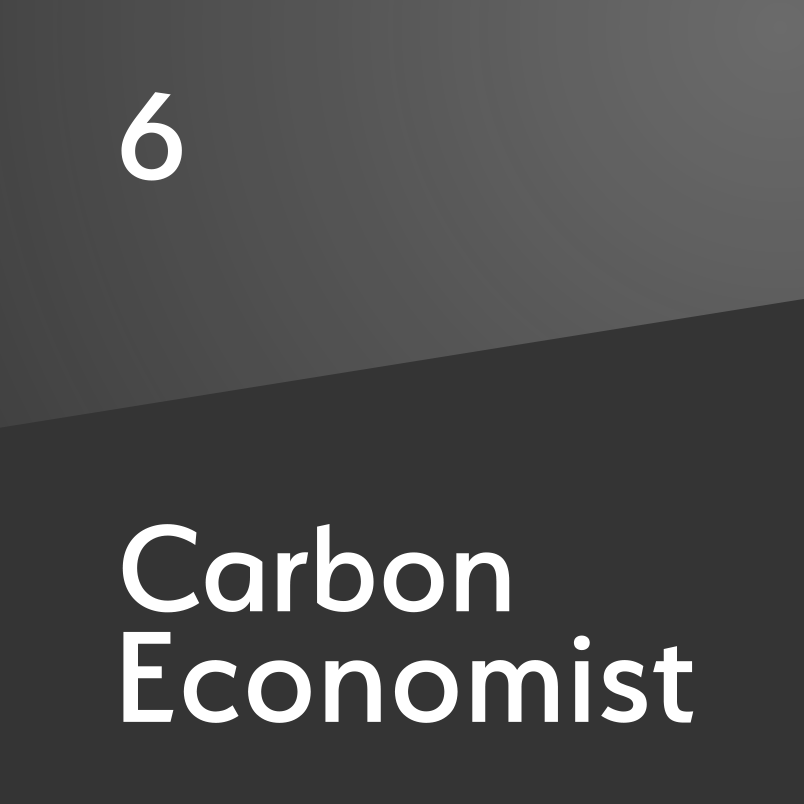Hydrocarbon Processing Refining Databook 2025: Introduction
Greater social mobility means increased global demand for refined fuels and petrochemical products, with Asia leading the way in the expansion of refining capacity
Global crude distillation capacity stands at more 103m b/d (see Fig.1), of which 36% is accounted for by Asia-Pacific. The region has significantly increased refining capacity over the past 20 years, having boosted installed capacity by approximately 15.8m b/d, to nearly 37.5m b/d, according to the Energy Institute. Asia is followed by North America (21.9m b/d), Europe (14.9m b/d) and the Middle East (11.6m b/d) in terms of capacity. Asia is also the leader in total secondary unit capacity (upgrading, octane, desulphurisation). Active projects At the time of publication, Gulf Energy Information’s Global Energy Infrastructure database w

Also in this section
16 June 2025
The launch of the much-needed yet oft-delayed Africa Energy Bank remains shrouded in questions and funding constraints, but its potential is clear
16 June 2025
BP and partners have reached a $2.9b FID on a new phase at Shah Deniz, but slow progress on other gas projects is attributed to a lack of European support
13 June 2025
The two oil heavyweights’ diverging fiscal considerations are straining unity within the group
13 June 2025
US policies may have lasting effects in sectors such as energy, that rely on predictable rules and long-term planning








